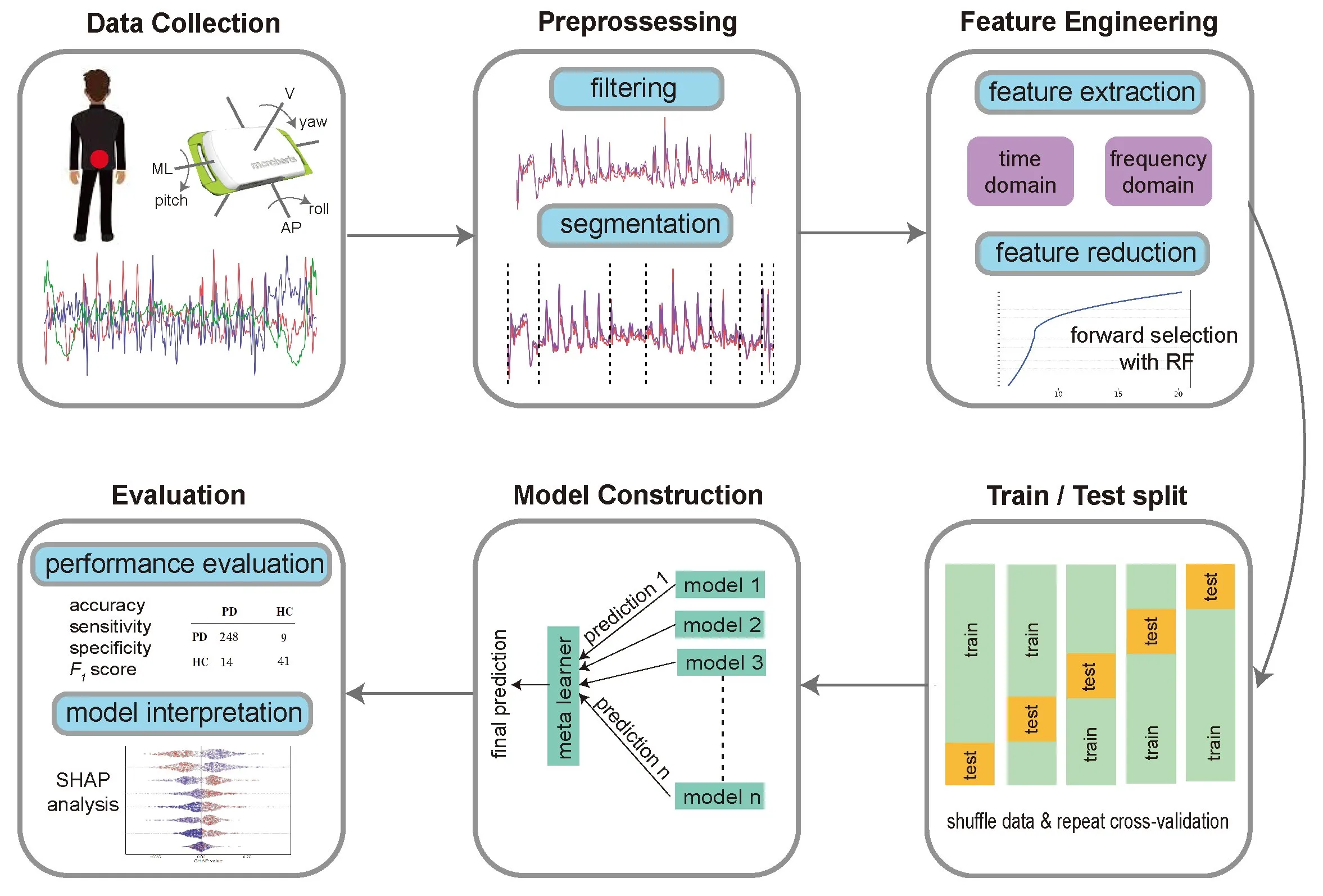Medicine Research News: How Wearable Sensors and Machine Learning Enhance Diagnosis of Parkinson's

Advancements in Early Diagnosis of Parkinson's
Parkinson's disease emerges gradually, posing challenges for early diagnosis. Traditional methods often involve patients performing various mobility tasks. However, wearable sensors combined with machine learning systems are revolutionizing this process, enabling healthcare professionals to capture data in real time.
Benefits of Wearable Sensors
- Enhanced Data Collection: These devices gather continuous data on movement patterns.
- Objective Assessments: They provide objective metrics instead of relying solely on subjective observations.
- Improved patient engagement through user-friendly technology.
Create Better Health Outcomes
By utilizing machine learning, researchers can analyze the data collected by wearable sensors to identify early signs of Parkinson's. This innovative approach not only increases diagnostic accuracy but also informs treatment plans tailored to individual needs.
This article was prepared using information from open sources in accordance with the principles of Ethical Policy. The editorial team is not responsible for absolute accuracy, as it relies on data from the sources referenced.